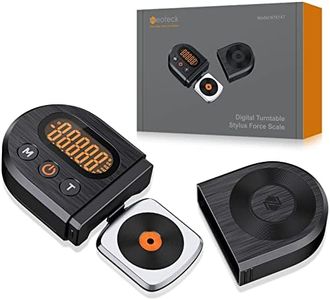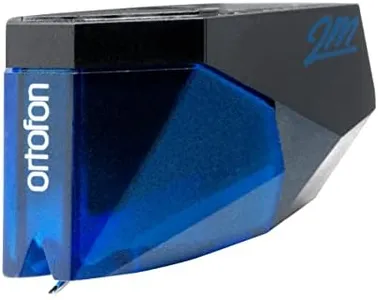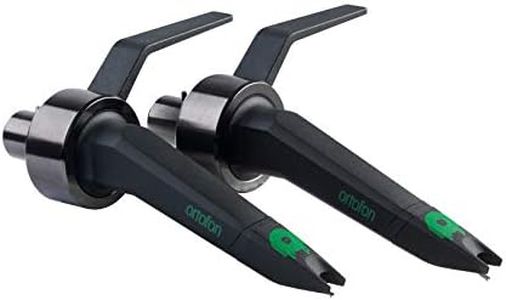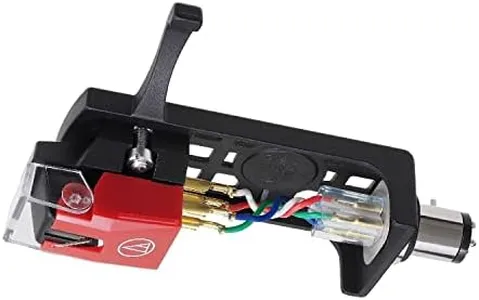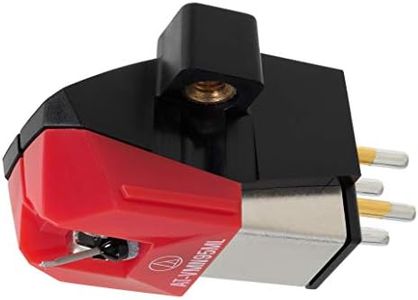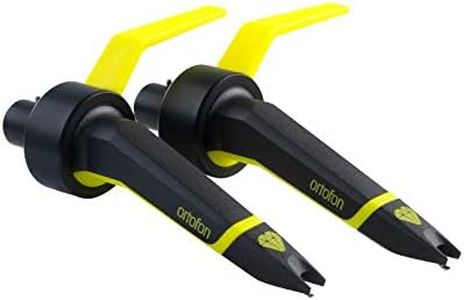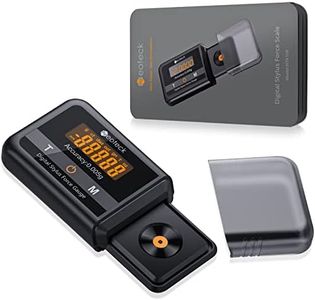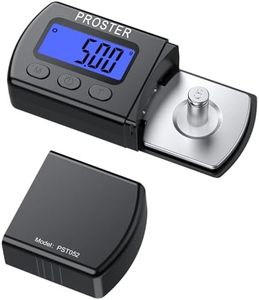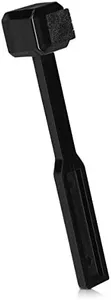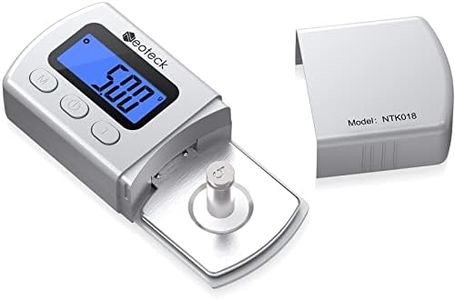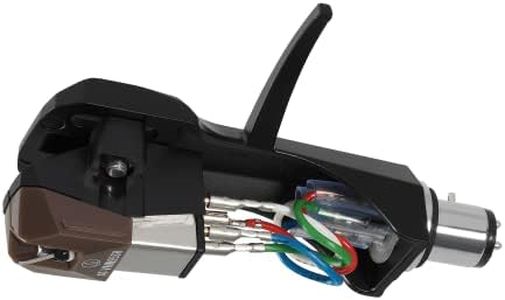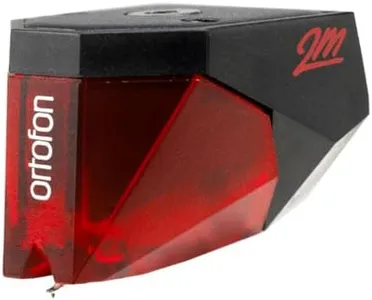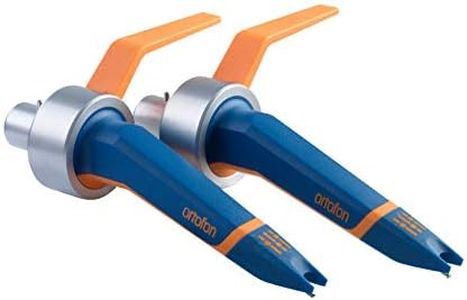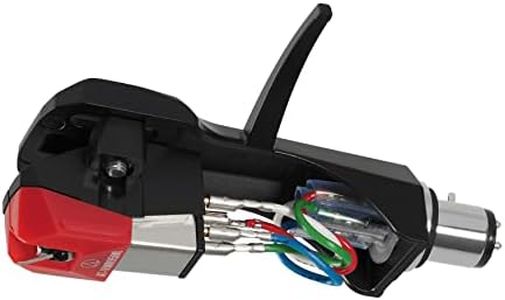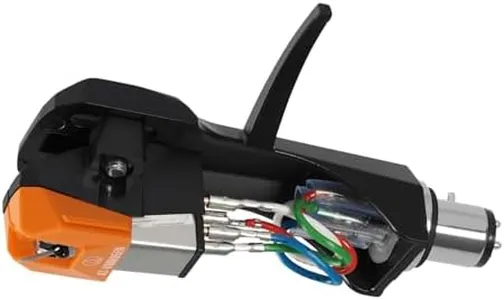We Use CookiesWe use cookies to enhance the security, performance,
functionality and for analytical and promotional activities. By continuing to browse this site you
are agreeing to our privacy policy
10 Best Dj Turntable Cartridges 2025 in the United States
How do we rank products for you?
Our technology thoroughly searches through the online shopping world, reviewing hundreds of sites. We then process and analyze this information, updating in real-time to bring you the latest top-rated products. This way, you always get the best and most current options available.

Buying Guide for the Best Dj Turntable Cartridges
Choosing the right DJ turntable cartridge is crucial for ensuring high-quality sound and performance. The cartridge is the component that holds the stylus (needle) and converts the grooves on a vinyl record into an audio signal. When selecting a cartridge, it's important to consider factors such as sound quality, durability, and compatibility with your turntable and DJing style. Here are some key specifications to help you make an informed decision.Stylus TypeThe stylus, or needle, is the part of the cartridge that makes contact with the record. There are two main types: spherical (conical) and elliptical. Spherical styli are more durable and better suited for scratching and back-cueing, making them ideal for DJs who perform a lot of these techniques. Elliptical styli, on the other hand, offer better sound quality and are more suitable for DJs focused on high-fidelity audio and mixing. Choose a stylus type based on your DJing style and the importance of sound quality versus durability.
Tracking ForceTracking force refers to the downward pressure the stylus exerts on the record. It is measured in grams and affects both sound quality and record wear. A higher tracking force can improve tracking stability, which is important for scratching and heavy DJ use, but it can also cause more wear on your records. A lower tracking force is gentler on records and can provide better sound quality, but it may be more prone to skipping. DJs who scratch and perform heavy cueing should opt for a higher tracking force, while those focused on mixing and sound quality should consider a lower tracking force.
Output VoltageOutput voltage is the strength of the audio signal produced by the cartridge, measured in millivolts (mV). A higher output voltage can provide a louder signal, which is beneficial in noisy environments like clubs and parties. It also means less amplification is needed from your mixer or amplifier, potentially reducing noise and distortion. DJs who perform in loud settings or need a strong signal should look for cartridges with higher output voltage, while those in quieter environments or with high-quality amplification may not need as high an output.
Frequency ResponseFrequency response indicates the range of audio frequencies the cartridge can reproduce, typically measured in Hertz (Hz). A wider frequency response means the cartridge can reproduce more of the audio spectrum, resulting in better sound quality. For DJs who prioritize high-fidelity sound and want to capture the full range of their music, a cartridge with a wide frequency response is ideal. However, for DJs focused on scratching and performance, frequency response may be less critical compared to other factors like durability and tracking force.
CompatibilityCompatibility refers to how well the cartridge fits and works with your turntable and tonearm. Some cartridges are designed for specific turntable models or types of tonearms, so it's important to ensure the cartridge you choose is compatible with your equipment. Check the manufacturer's specifications and recommendations to ensure a proper fit. DJs should also consider whether they need a headshell-mounted cartridge or an integrated headshell/cartridge unit, depending on their turntable setup and personal preference.
Most Popular Categories Right Now
